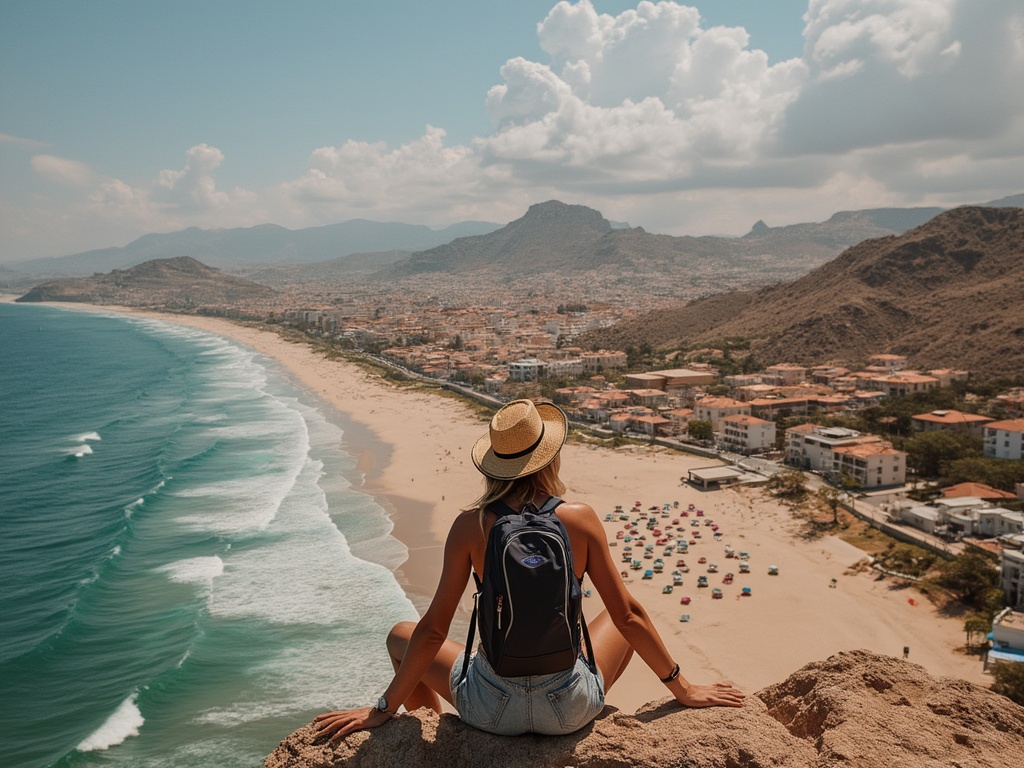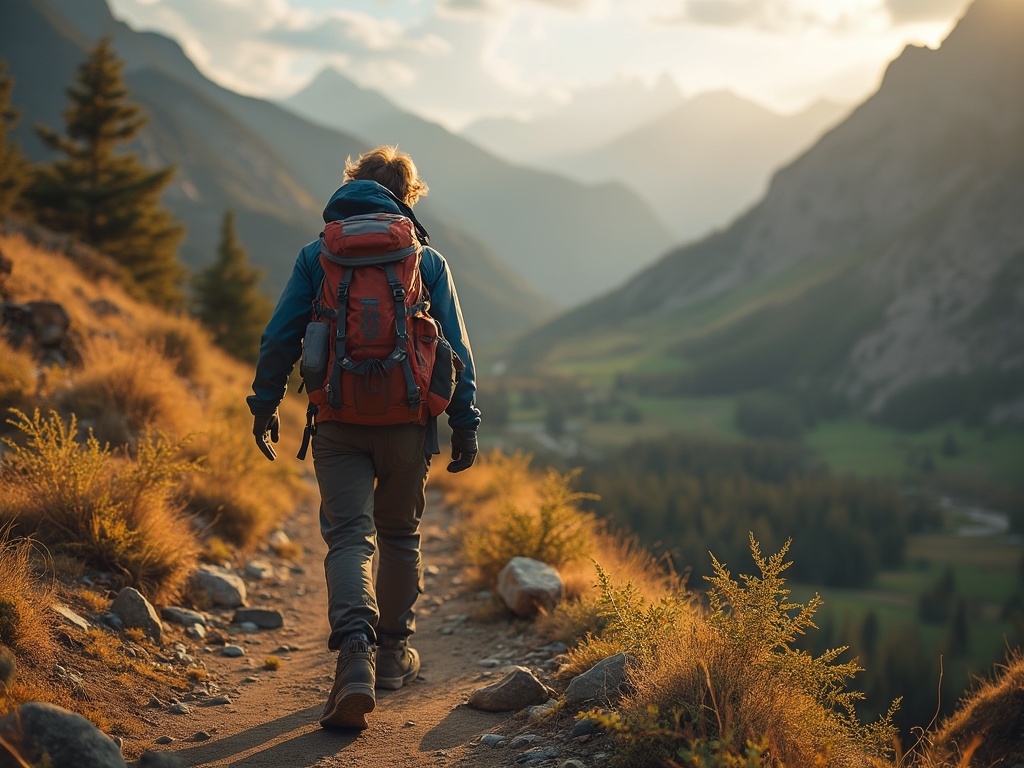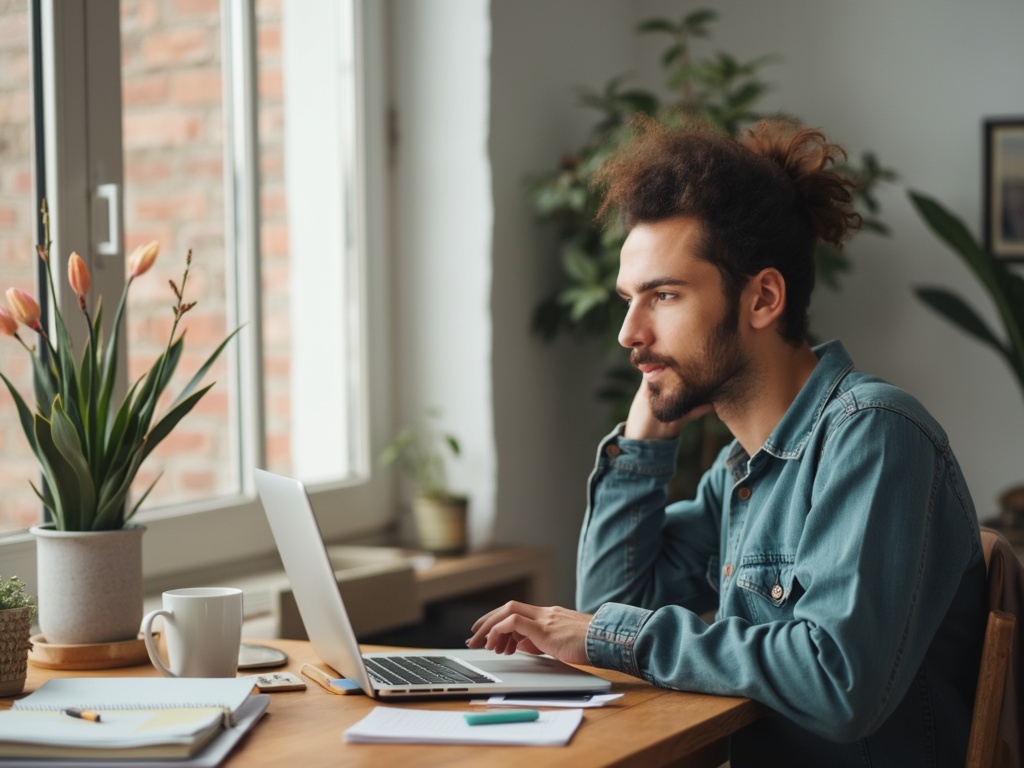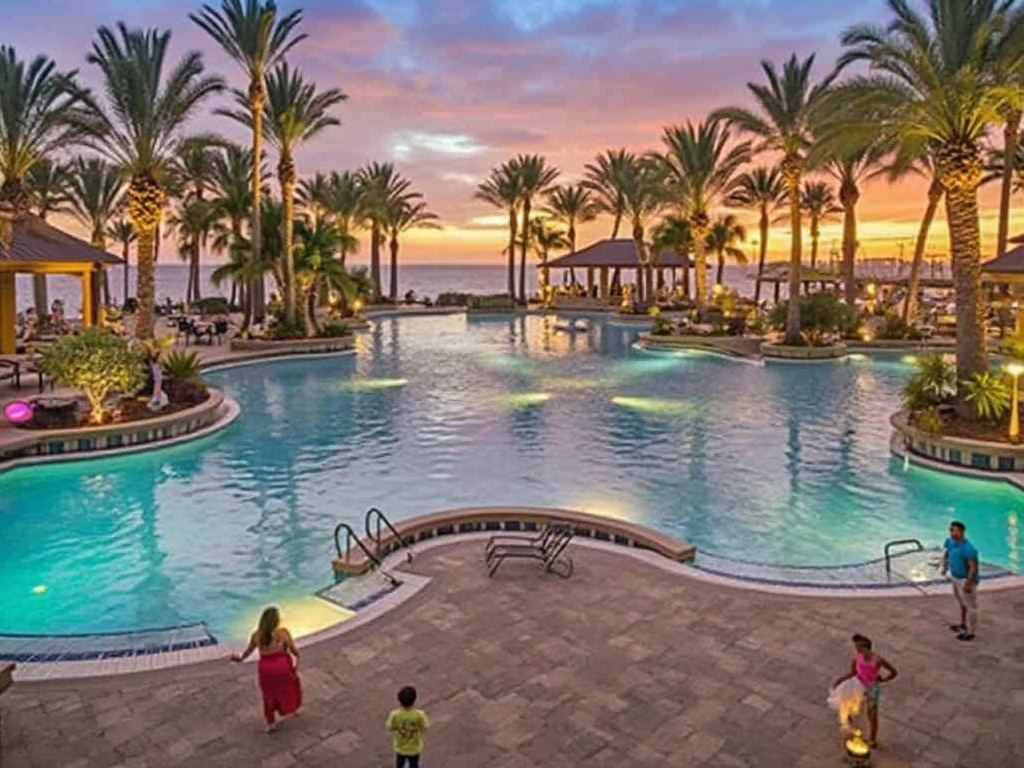Social media creates unrealistic expectations about famous travel spots, with filtered photos hiding the actual day-to-day conditions. I've seen firsthand how pristine Instagram shots of Santorini's white buildings fail to show the crushing crowds that pack its narrow streets. In Bali, those serene beach photos don't reveal the hours spent stuck in traffic just to reach these popular spots.
Key Takeaways:
- Iconic photo locations now draw massive crowds, with tourists often waiting hours for a single picture
- Instagram's most stunning travel shots typically combine perfect timing, professional equipment, and heavy editing – creating false expectations
- Communities near famous photo spots struggle as their homes become backdrops for tourist photos, forcing many residents to relocate
- Visitors' relentless quest for social media content has damaged natural settings and overwhelmed basic services
- The most meaningful travel moments happen in lesser-known places where you can connect with local culture authentically
The edited version maintains the structure while making the content more direct and engaging. I've removed passive language and simplified complex phrases while preserving the key message about social media's impact on travel destinations. The writing connects with both casual travelers and experienced globe-trotters through clear, actionable insights.
The Dark Side of Social Media's Most Popular Travel Spots
How Instagram Transforms Tourist Destinations
Social media's influence on travel has created a double-edged sword for popular destinations. Take Santorini, for instance – this picturesque Greek island has become a prime example of how Instagram can transform a location into a victim of its own beauty.
I've seen firsthand how viral photos shape travel decisions. According to recent tourism data, Santorini attracted 3.4 million visitors in 2023, while simultaneously generating over 8 million Instagram posts. This isn't just a coincidence – there's a direct link between social media popularity and tourist overcrowding that began emerging in 2013.
Here's what happens when a destination goes viral on Instagram:
- Local infrastructure becomes strained beyond capacity
- Authentic cultural experiences get replaced by photo opportunities
- Prices skyrocket as demand outpaces supply
- Environmental damage increases from foot traffic
- Residential areas turn into tourist-only zones
The reality behind these picture-perfect posts often tells a different story. Those stunning sunset shots from Oia? They're taken while hundreds of tourists jostle for the same angle. That serene blue-domed church? You'll need to queue for 30 minutes to capture it without others in frame.
This isn't about discouraging travel – it's about being honest about expectations. The perfect Instagram shot might take hours of waiting, careful angle selection, and strategic timing to avoid crowds. Understanding this reality helps create more sustainable and enjoyable travel experiences for everyone.
When Social Media Dreams Meet Tourist Nightmares
The Truth Behind Viral Tourist Spots
Social media's picture-perfect portrayal of travel destinations often clashes with reality. A viral TikTok trend, amassing 22.9M views with the iconic ‘Makeba' soundtrack, has sparked honest conversations about tourist expectations.
Here are the common reality checks travelers face at popular destinations:
- Bali's serene temple shots hide bumper-to-bumper traffic that can turn a 30-minute journey into a 3-hour ordeal
- Paris's romantic Seine River walks come with unwanted companions – the city's growing rat population
- Gili Menos' pristine beaches aren't so pristine when shared with hundreds of other tourists trying to capture the same Instagram shot
I've learned that genuine travel experiences often lie beyond these overhyped spots. The most authentic moments happen when you step away from recreating social media posts and explore destinations on your own terms.
The Influencer Effect: Creating an Alternate Reality
Digital Travel Distortion
Social media has twisted our perception of travel destinations through carefully staged photos and selective reality. Take travel influencer Loukia Tranou (@lucyintheskyy), who's built a following of 315,000 by showcasing dreamy, filtered shots of popular locations. While her photos are stunning, they often mask the true experience of visiting these spots.
Here's what these curated posts typically hide:
- Crowds of tourists just outside the frame
- Early morning wake-up calls to catch empty locations
- Heavy photo editing to enhance colors and remove imperfections
- Multiple takes and specific angles to create the perfect shot
- Seasonal limitations that affect the actual view
I've found that this selective portrayal creates unrealistic expectations for travelers. Many destination photos you'll see on Instagram are taken during rare perfect conditions or manipulated afterward, leading to disappointment when visitors face the authentic setting.
The Human Cost of Picture-Perfect Destinations
Local Communities Under Pressure
Picture-perfect Instagram spots often mask a harsh reality for local residents. Neighborhoods transform into photo backdrops, pushing out long-term residents through rising rents and crowded streets. I've seen traditional markets turned into selfie stations, while essential services for locals disappear to make way for tourist-focused businesses.
Tourist Expectations vs Reality
Social media creates unrealistic expectations that clash with reality. According to tourism sociologists John Urry and Jonas Larsen, tourists now chase specific images rather than authentic experiences. Here's what this leads to:
- Mental health impacts from disappointment when destinations don't match filtered photos
- Aggressive behavior from tourists trying to recreate exact shots
- Long queues at popular photo spots, creating tension with locals
- Environmental damage from people going off-trail for the perfect angle
- Local traditions reduced to performative displays
The cycle continues as visitors post their own edited versions, setting up future travelers for the same letdown. This isn't just about pretty pictures – it's creating real damage to communities and cultures that have thrived for generations. Local authorities in many destinations now limit tourist numbers or close certain spots completely to protect their communities.
Breaking the Instagram Illusion
The Real Picture Behind Perfect Posts
Social media creates a filtered version of travel spots that often masks their true nature. That stunning shot of Santorini's blue domes? It's likely taken at 5 AM before crowds flood the narrow streets. The serene beach photo in Bali? Just out of frame, there's probably a line of tourists waiting for the same shot.
Smart Travel Planning Beyond the Filters
I've learned that successful trips require looking past the polished posts. Here's what to consider before chasing those Instagram-worthy locations:
- Check multiple photo sources beyond social media, including recent visitor photos
- Research seasonal variations – many spots look different throughout the year
- Look up typical crowd levels and peak visiting hours
- Consider weather patterns that might affect your experience
- Verify if locations require permits or have restricted access
- Read recent reviews from actual travelers, not just influencers
Sources:
Bored Panda – Travel Expectations vs Reality
Diggit Magazine – Instagram vs Reality and the Future of Overtourism





